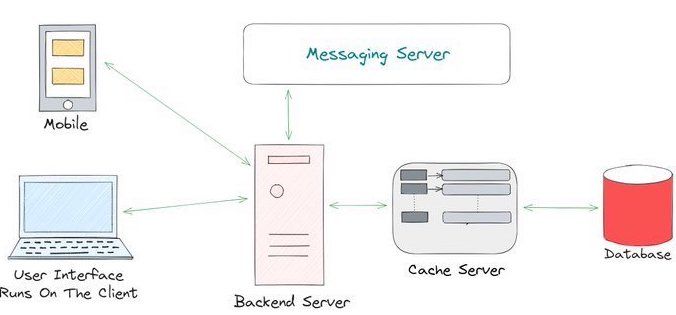Caching: The Hidden Gem of the Web Development World
 Harjot Singh
Harjot Singh
Cache in! A quick guide to caching for beginners 👨🏻💻
What do you mean by ‘ Caching ‘ in web applications?
Topics Covered :
- What is Caching?
- How it works?
- Types of Caches
- Benefits of caching
- Real-World Applications
What is Caching?
Certainly! Caching is a technique used to store and manage frequently accessed or recently used data in a temporary storage area. The purpose of caching is to improve the performance and responsiveness of a system by reducing the time it takes to access data.
How does it work?
When a system or application needs specific data, it first checks if the data is available in the cache memory.
If the data is found in the cache (a cache hit), it is retrieved quickly because accessing data from the cache is faster than fetching it from the original source (such as a database or a web server).
If the data is not in the cache (a cache miss), the system fetches the data from the original source and stores a copy in the cache for future use.
Types of Caches
Memory Cache: Often, a portion of the
computer’s RAM is reserved for caching
purposes. This is known as memory caching.
Disk Cache: Hard drives and SSDs use disk
caches to temporarily store data before
writing it to the storage device.
Web Cache: Web browsers use web caches to
store web pages, images, and other web content
locally, reducing loading times for frequently
visited websites.
Content Delivery Networks (CDNs): CDNs
distribute cached copies of web content to
servers located geographically closer to users,
reducing latency.
Benefits of Caching
Faster Data Access: Cached data can be retrieved much faster than fetching it from the original source, leading to improved system responsiveness.
Reduced Load on Servers: Caching reduces the number of requests reaching the original source, which can significantly decrease the server load.
Bandwidth Conservation: Caching can conserve network bandwidth by serving cached content locally, especially in the case of CDNs.
Real-World Applications:
Web Browsing: Web browsers cache images,
scripts, and entire web pages to speed up the
browsing experience.
Databases: Database management systems
often use caching to store frequently accessed
database records in memory.
Content Streaming: Streaming services use
caching to store parts of media files, allowing
for smooth playback without interruptions.
For more tech-related content do consider connecting with Harjot Singh 😄 he puts a lot of effort into making tech content
If you find this post helpful then a Clap and follow-up would be an O(N) decision 😄
Subscribe to my newsletter
Read articles from Harjot Singh directly inside your inbox. Subscribe to the newsletter, and don't miss out.
Written by

Harjot Singh
Harjot Singh
I'm Harjot Singh Skilled in Java, with a knack for Data Structures and Algorithms. Educational solid professional with a Bachelor of technology-focused in Computer Science Engineering from Chandigarh Engineering College. Find me doing Data Structures and Algorithms, I enjoy solving problems on Leetcode and doing projects to solve the problems. I learn, build and optimize. I love to work alone, but when I am in a team I become more creative, and working in a team makes me better. I focus on making products that make life easier⚙️. I enjoy meeting new people, discussing ideas, projects, emerging tech, and hearing new perspectives.